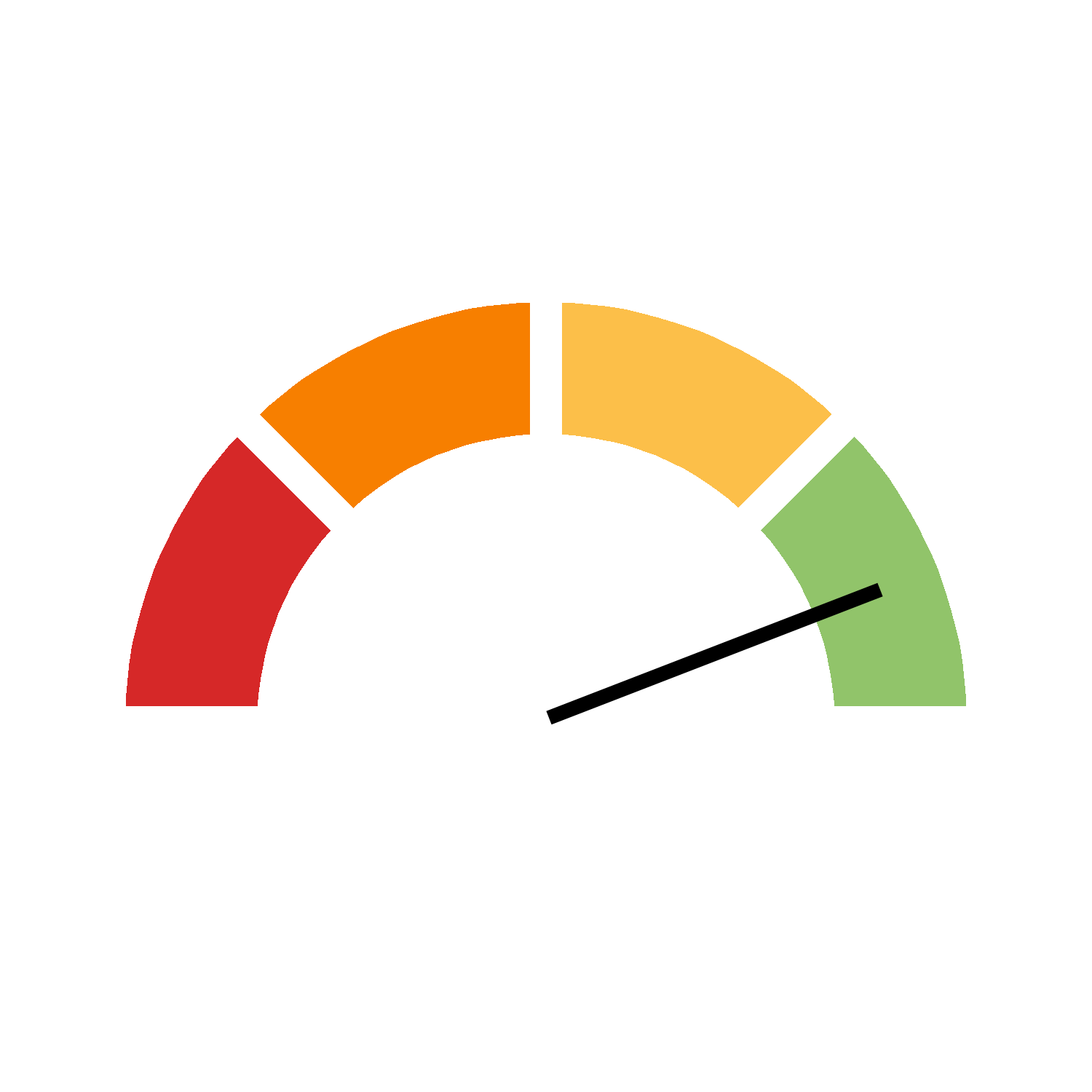The table below contains more information regarding the indicator.
| Goal |
Goal 17: Strengthen the means of implementation and revitalize the Global Partnership for Sustainable Development |
|---|---|
| Target |
Target 17.18: By 2020, enhance capacity-building support to developing countries, including for least developed countries and small island developing States, to increase significantly the availability of high-quality, timely and reliable data disaggregated by income, gender, age, race, ethnicity, migratory status, disability, geographic location and other characteristics relevant in national contexts |
| Indicator |
Indicator 17.18.1: Statistical capacity indicator for Sustainable Development Goal monitoring |
| Definition and concepts |
Indicator 17.18.1 (a) The Open Data Inventory (ODIN) is an evaluation of the coverage and openness of data provided on the websites maintained by national statistical offices (NSOs) and any official government website that is accessible from the NSO site, as well as a country’s official SDG portal. ODIN measures the completeness of a countries’ statistical offerings (called, “coverage”) and how well those datasets meet international standards of data openness (called, “openness”). This assessment is conducted across 22 data categories of social, economic, and environmental statistics. Each data category is evaluated based on 10 elements to determine the coverage and openness of datasets. Coverage of data are measured by five elements that measure how complete the country’s data offerings are. The five coverage elements are:
Openness of data are measured by five elements that measure how well a country’s data offerings meet international standards of openness. The five openness elements are:
The availability of official statistics is expressed as an score from 0 to 100 — 0 expressing no availability and 100 expressing complete availability. (Open Data Watch) Indicator 17.18.1 (b) The Statistical Performance Indicators (SPI) assess the maturity and performance of national statistical systems in five key areas, called pillars. The five pillars are:
Each of these pillars is supported by four or five dimensions and uses defined methods and indicators. The scores for each pillar are calculated using the scores for the underlying dimensions, which in turn are derived from the values of their indicators. The overall SPI score is an average of the scores for the five pillars. For the overall score, a country can achieve a maximum of 100 and a minimum of 0. A score of 100 would indicate that a country has every single element that the SPI measures in place, and a score of 0 that none are in place. (World Bank Group) |
| Comment and limitations | |
| Method of computation |
Data were readily available to report on this indicator as specified by the metadata. Please refer to the sources to access additional information on the metadata or source. |
| Progress measurement details |
